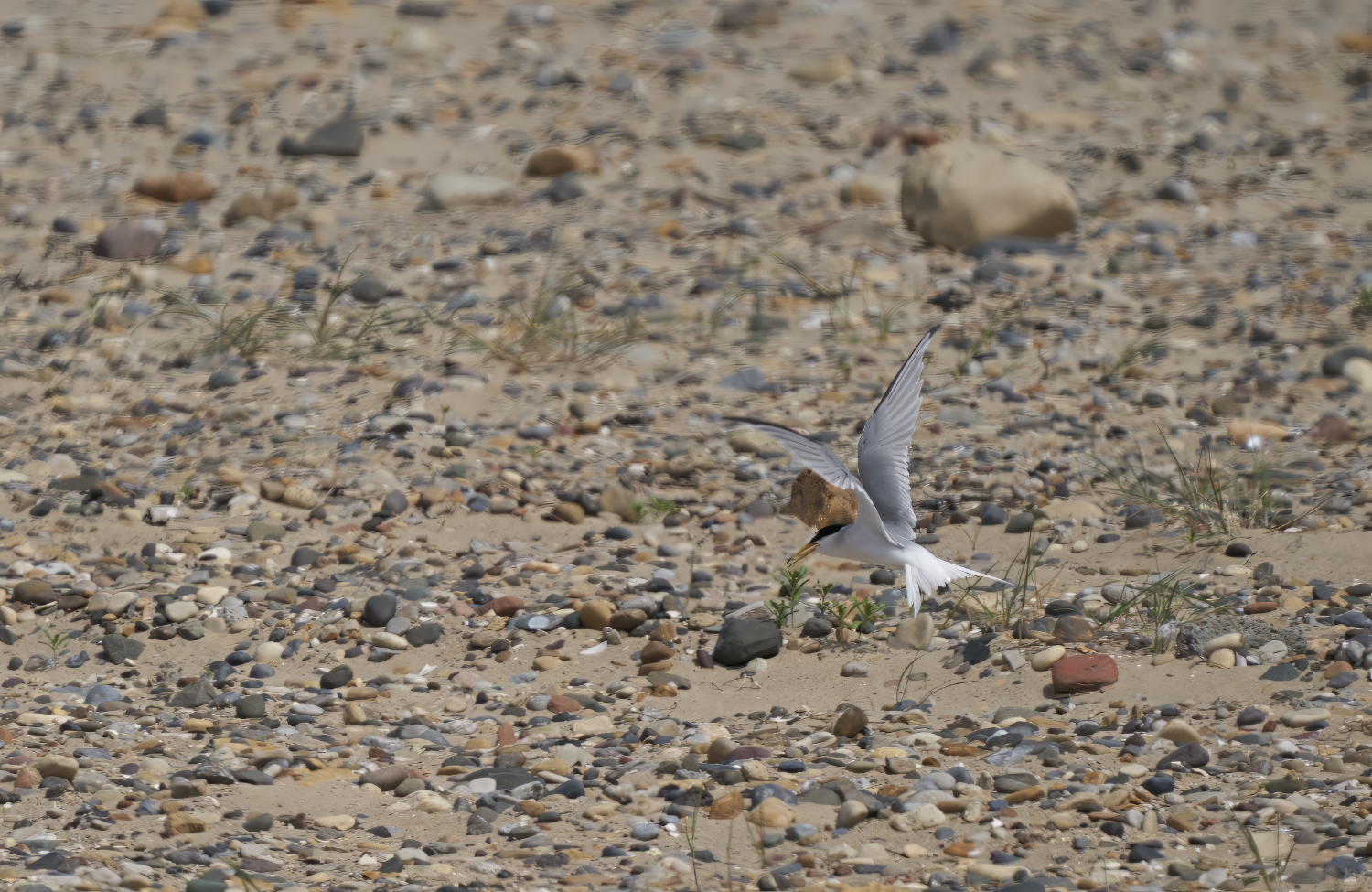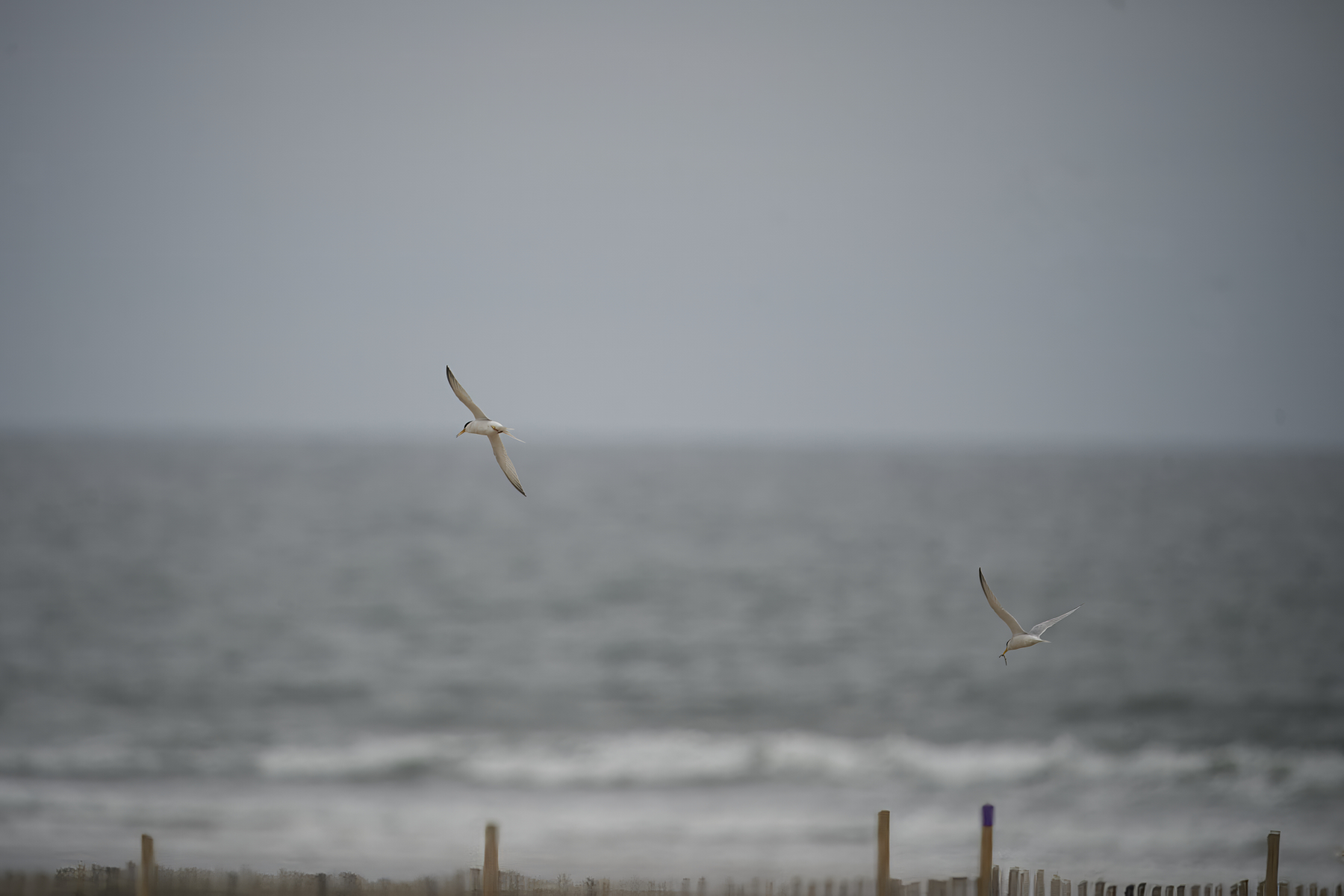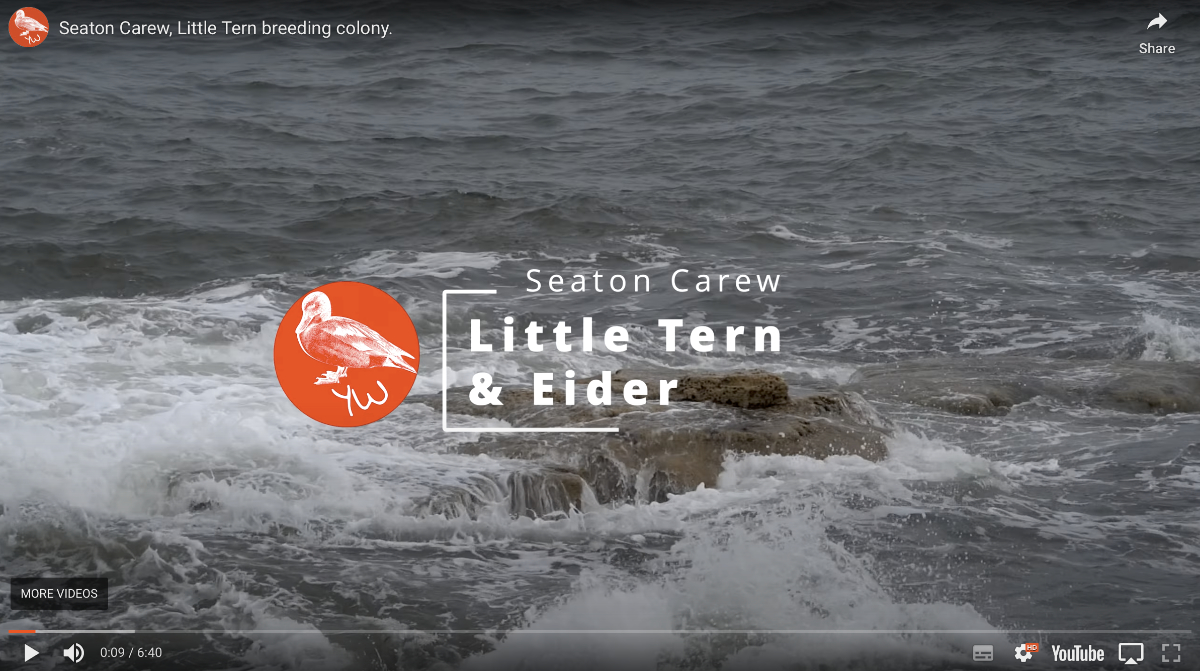Seaton Carew
In the footage above there is some far away dodgy quality, forgive me, it was a bad day at the office. There is a piece showing a Ringed Plover pretending to be injured or having a broken wing in order to make itself look weak. This is done in order to draw away other birds from its own chicks, if you've never seen it before, it's a really interesting thing to watch.


The lifecycle of the North Eastern UK population of Little Tern (Sternula albifrons) begins in late spring when these small migratory seabirds return from their wintering grounds in West Africa to their breeding sites along the North East coast of the UK. They are colonial breeders and typically nest on shingle beaches, dunes, or salt marshes close to the shoreline.
Upon arrival, the pairs engage in courtship displays, which involve aerial acrobatics and vocalisations to establish pair bonds. Once a pair forms, they construct shallow scrapes in the sand or gravel, where the female lays 1 to 3 eggs. Incubation duties are shared by both parents, and this period lasts around three weeks.
After hatching, the chicks are precocial, meaning they are relatively independent and mobile from birth. The parents continue to protect and feed them, guiding them to foraging areas near the shoreline where they mainly feed on small fish and invertebrates.
The next crucial stage in their lifecycle is fledging, which usually occurs about 20 to 25 days after hatching. The chicks must learn to fly and become proficient swimmers during this time. Once they fledge, they face various challenges as they embark on their first migration to their wintering grounds in West Africa.
Throughout this lifecycle, Little Terns face threats from human disturbance, predation, coastal development, and changing environmental conditions. Conservation efforts, including habitat protection, predator control, and public awareness campaigns, play a crucial role in supporting the survival and successful breeding of this vulnerable seabird population in the North Eastern UK.

